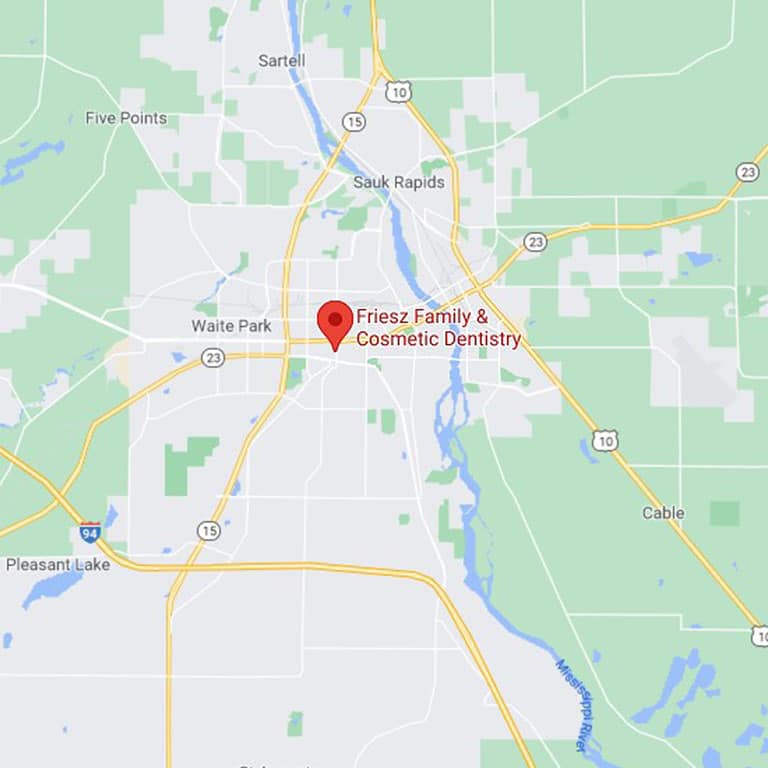When to Worry About Minor Tooth Movement
Your teeth may look static from the outside, but they’re more flexible than most people realize. Without that little bit of wiggle room, they’d have a hard time handling crunchy or chewy foods. Of course, the question then becomes how much wiggle room is too much wiggle room. We’ll look at what’s normal and when you may want to visit your dentist.
What’s Normal
Your teeth will have some mobility, even when they’re firmly embedded in your sockets. Their motion is there to help absorb some of the shock while you’re chewing. So if you grasp them and there’s a slight push and pull, this is entirely normal.
What’s Abnormal
There are a few situations where you would want to consult with yourdentist in St. Cloud, MN, about tooth mobility:
- Pain is usually the number one sign that you’re dealing with a problem tooth.
- If you feel like one tooth is much looser compared to your other teeth or that it’s moving much faster than your other teeth, you’re likely not imagining it. Gently test and compare the potential problem tooth against those that don’t feel as loose.
- Any change to your bite at all could point to an issue with a loose tooth. If you’re having problems chewing or it’s uncomfortable when your upper and lower teeth meet, it’s time to have a chat with your dentist.
Tooth Movement in St. Cloud, MN
It’s not always easy to consult with a dentist about tooth movement. It can end up being a sign of anything from tooth decay to gum disease, and it may lead to atooth extraction in St. Cloud, MN. However, the longer you wait to address the problem, the more problems you’ll have down the line. Losing a single tooth, if you absolutely need to, is far better than losing several teeth or watching your gums deteriorate even further.
At Friesz Family and Cosmetic Dentistry, we can tell you more about what’s causing the tooth movement and whether it’s a cause for concern. If you’re experiencing tooth movement alongside pain or it feels as though one tooth is much looser than the others, contact us today to schedule an appointment and get it checked out.









